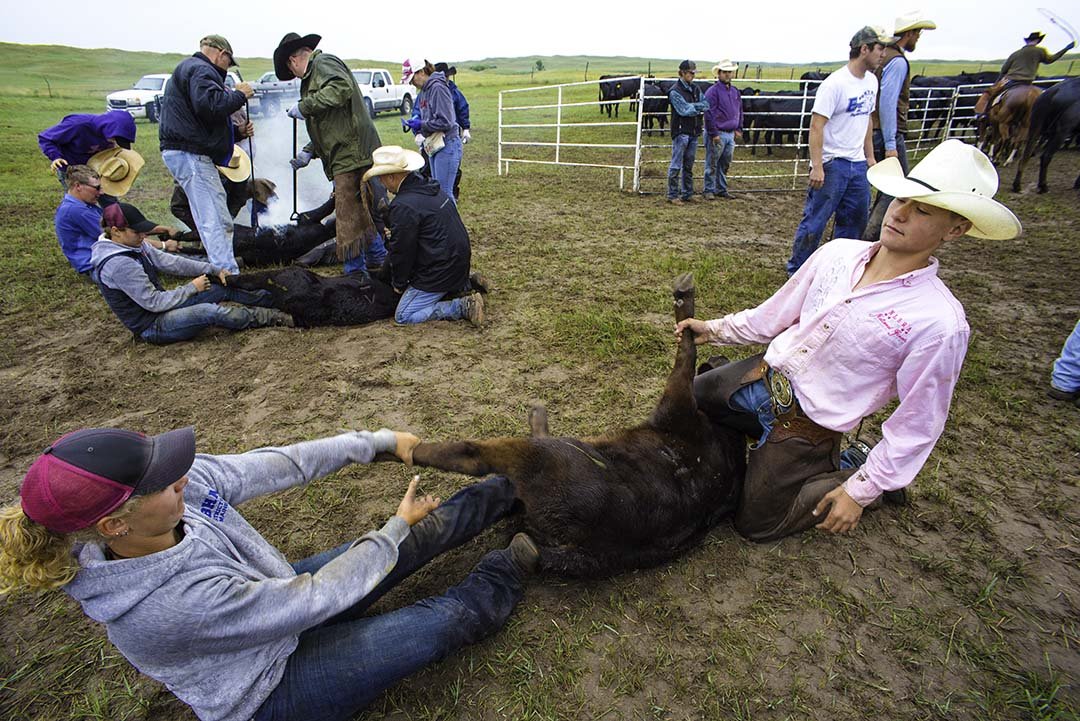MERLE HENKENIUS
ARTIST STATEMENT (June 2022)
Nothing said about a work-of-art ever improves it, but sometimes a little history can make a wider pathway into it. Most of these photos are straightforward, but a few are so peculiar that a little story to flesh them out. All of these photos were found along roads, which make them, Images From the Road
Speaking generally, my goal is to render art from artifacts. I often favor homely artifacts, especially those which can serve up a little irony, or whose placement helps us know something about the person who did the placing. The Gallery 9 example here is the image I’ve entitled, “The Exact Spot Where Farming Failed in Sheridan County.” We can see at a glance that the sand beneath that row of implements could never have earn a farm income. It’s as if that farmer defiantly parked the last tangible remnants of his failed dream, and rode away on a draft horse, which likely wore blinders.
The two images entitled Whimsical Crucifixes #1 and #2 are of sculptures made by New Mexican artist, Ken Wolverton, who used scrap lumber and backlot detritus. He’s also a decent painter, who does not use galleries for their display. He hangs his many paintings and found item-sculptures on his horse corral fence, which is just a few feet off the road, where they weather. He sells a few this way, and if they don’t sell, he enjoys watching them deteriorate, to return to their elemental components.
And check out those mortar and chicken wire folks, which were crated by a self-proclaimed Native American shaman. Their creator was a WWII vet who was badly burned in a tank battle in Northern Germany. Back home, he underwent months of excruciating recovery. He emerged believing he acquired a specific wisdom with native overtones. He then purchased five acres in the Nevada desert, took the name Rolling Thunder Mountain, which as a name, is precisely two syllables too long. He then set about building a phantasmagorical spiritual compound. One befitting a shaman. He built numerous effigies and structures out of mortar and chicken wire. In time, especially in the 1960s, many seekers found their way to the compound, where they sat at the shaman’s feet and sussed out his pain-tinged wisdoms. When his health began to fail, the shaman shot himself. Only some the mortar remnants survive today.
BIOGRAPHY
For 26 years I made my living as a magazine writer and photographer, working mainly for Popular Mechanics, but also for Popular Science, Today’s Homeowner, Better Homes & Gardens, This Old House and The L.A. Times.
My book credits include Creative Homeowner Press, Simon & Schuster, Reader’s Digest, Hearst Books and others. Many of these books were collaborations. I primarily wrote home improvement articles and books, but have placed history pieces locally and short fiction with Prairie Schooner. I’m now retired, but I keep writing and shooting and poking around. My goal, as Walker Evans put it, is to die knowing something.




































